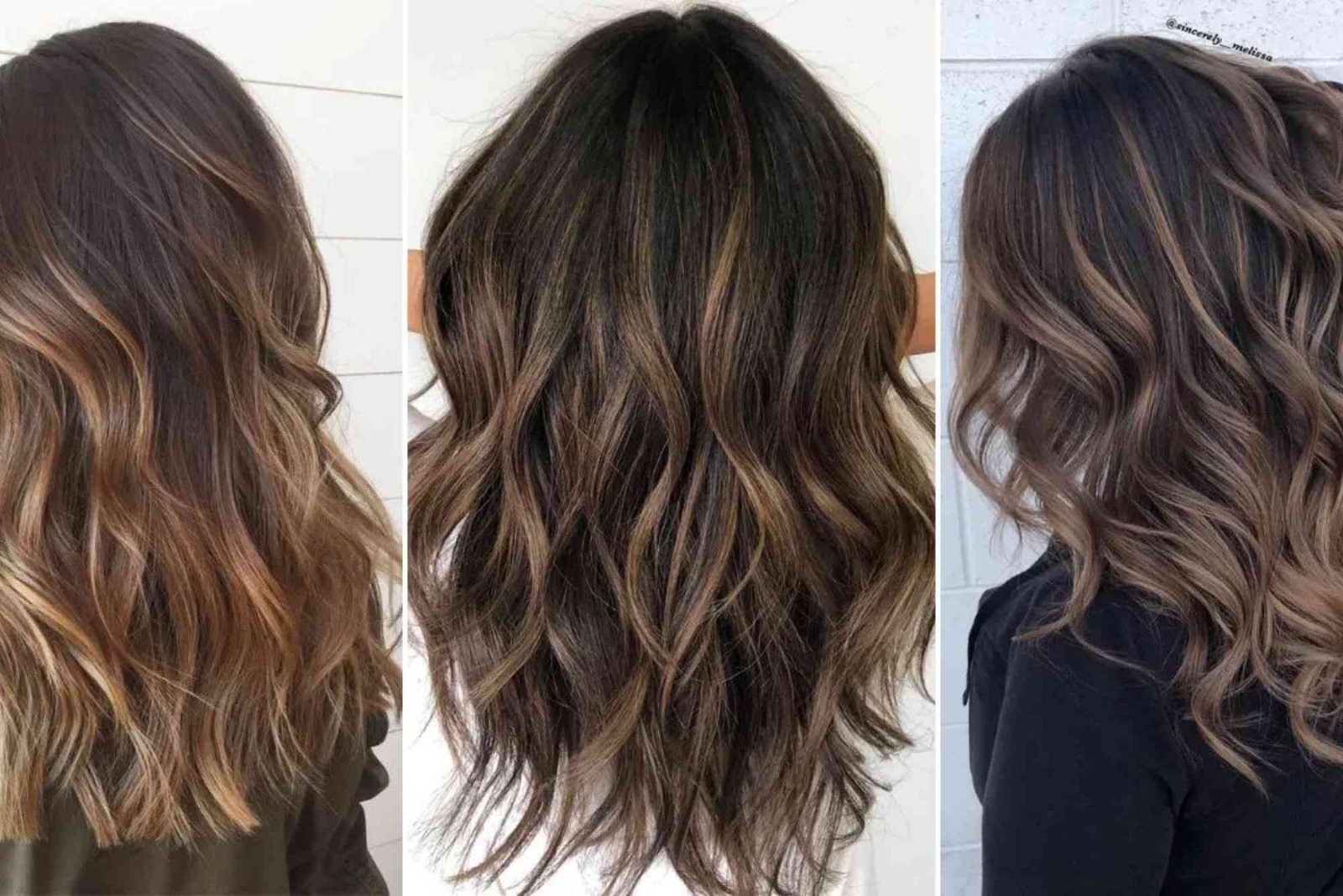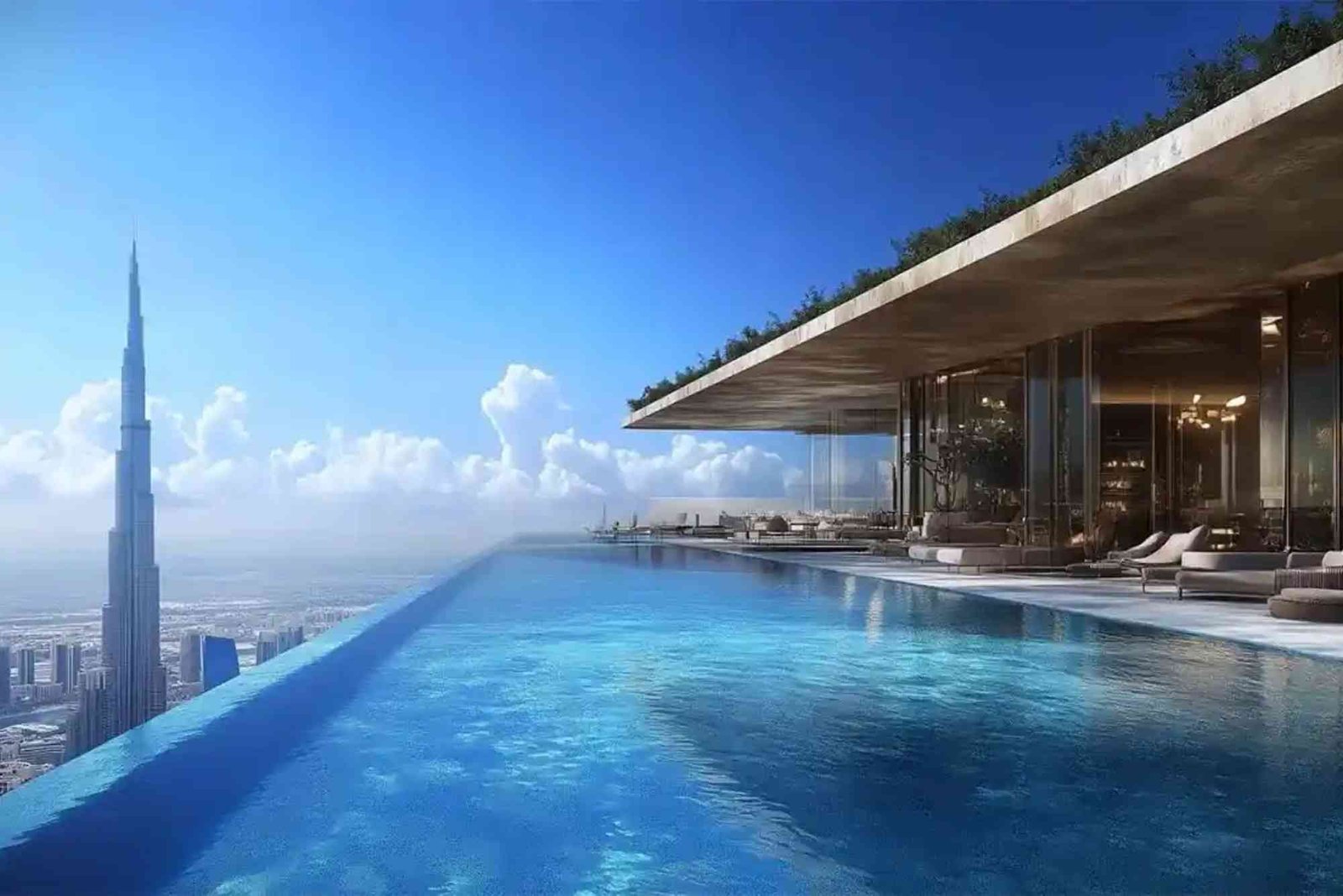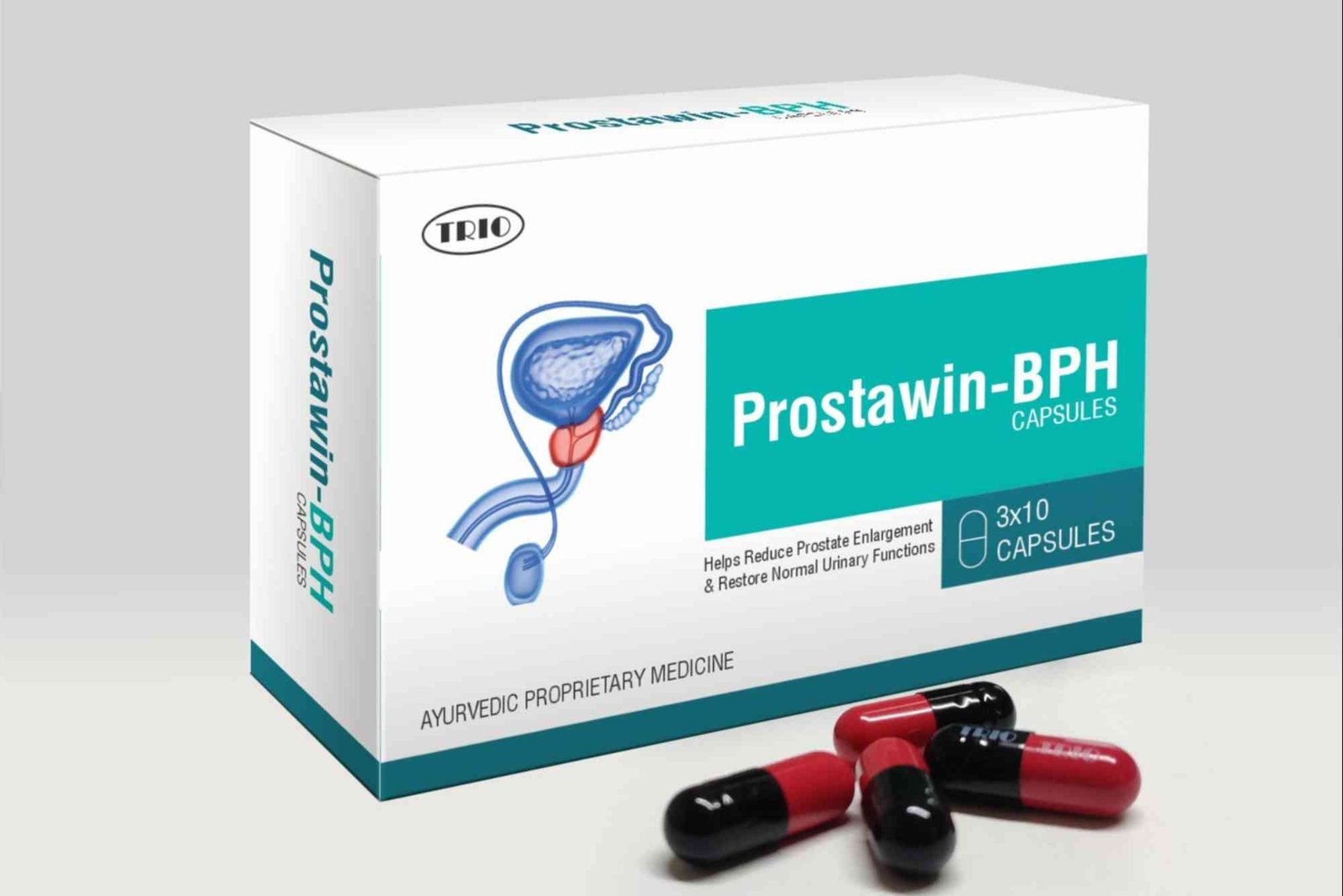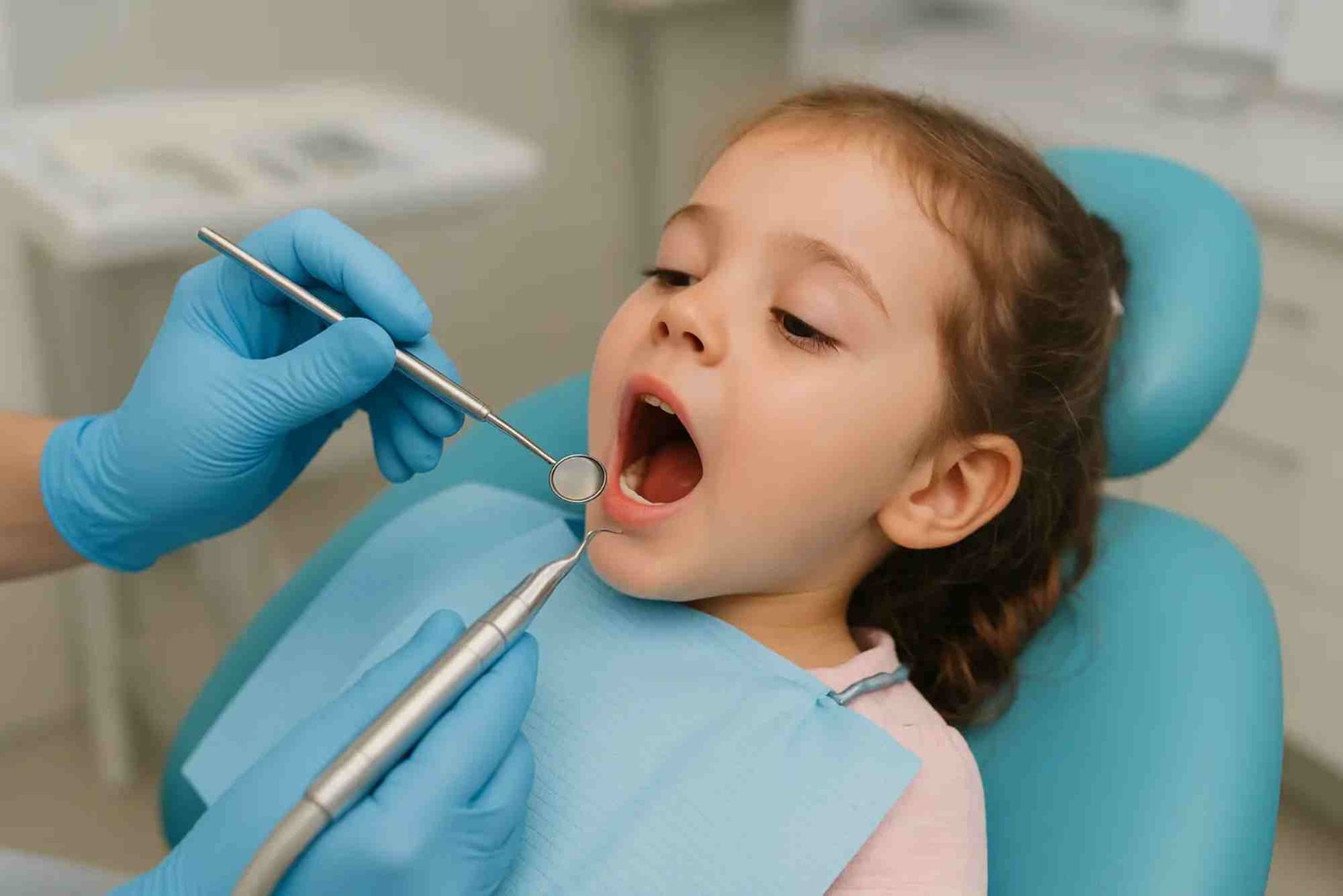Have you ever dyed your hair darker and suddenly noticed your skin looked lighter? You’re not imagining things. Many people wonder, “Does dark hair make you look paler?” The answer isn’t as simple as yes or no. It depends on your skin tone, undertones, and the specific shade of dark hair you choose. In this complete beginner’s guide, we’ll explore why this happens, how to balance your look, and what to consider before going darker.
Whether you’re thinking about a rich brunette shade or a dramatic jet-black hue, understanding how hair color interacts with your complexion can help you achieve the most flattering results.
Why Dark Hair Makes Skin Look Paler
Dark hair naturally creates contrast. When you have light or fair skin, deep shades such as black or dark brown amplify this difference, making your skin appear lighter by comparison. This visual effect is a matter of contrast rather than an actual change in your skin tone.
The Science Behind the Contrast
Our eyes are drawn to differences in light and dark. A darker color near a lighter one enhances the brightness of the lighter shade. So, when your hair is significantly darker than your skin, your complexion appears paler. On the other hand, if your hair is close in tone to your skin, the contrast lessens, and your skin appears more balanced.
Undertones Matter
Your skin undertone — whether warm, cool, or neutral — plays a major role in how dark hair affects your appearance.
-
Cool undertones: Deep shades like black, espresso, and blue-black can accentuate fairness and bring out pink or bluish tones in the skin.
-
Warm undertones: Rich browns or chestnut hues create harmony by complementing golden or peachy undertones.
-
Neutral undertones: Most dark shades work well, but extremely dark colors might slightly wash you out if your undertone is soft.
How Different Dark Hair Shades Affect Skin Appearance
Not all dark hair colors make you look paler. The undertone of your chosen color influences how your skin reflects light and appears to others.
Jet Black Hair
Jet black hair provides the strongest contrast. It can make fair skin appear very pale, sometimes even porcelain-like. For medium to deep skin tones, jet black enhances richness and depth.
Dark Brown and Espresso
These shades still darken your look but with softer contrast. They tend to complement most undertones and are ideal for beginners who want to go darker without dramatically changing their appearance.
Blue-Black and Cool Browns
Cool-toned dark shades can highlight cool skin undertones but may also emphasize redness or uneven tones. If you have rosiness, these colors can make it more visible.
Warm Dark Shades
Warm dark browns, mahogany, or chocolate tones add warmth to the face and prevent the skin from appearing washed out. They’re perfect if you want a balanced, radiant look.
Tips to Prevent Dark Hair from Making You Look Too Pale
If you love dark hair but worry about looking washed out, there are easy ways to balance your overall look.
Choose the Right Makeup
A bit of bronzer or blush can add warmth back to your face. Opt for warm peach or coral tones if your skin tends to look pale. Adjusting your lip color to something slightly deeper also helps create harmony.
Adjust Your Wardrobe
Clothing colors impact how your skin tone appears. Avoid overly muted or pastel shades that can exaggerate paleness. Instead, choose jewel tones like emerald, burgundy, or sapphire to enhance warmth and vibrancy.
Add Highlights or Balayage
Incorporating subtle highlights or balayage softens the contrast between your hair and skin. Even a few caramel or honey strands can make your complexion appear more balanced.
Consider Lighting
Indoor lighting can make skin look cooler and paler, especially with fluorescent bulbs. When assessing your new hair color, look at it under natural daylight for a more accurate impression.
Skin Tone and Hair Color Pairing Guide
Finding the right dark shade begins with identifying your skin tone and undertone.
Fair Skin
If you have very fair skin, deep black might make you appear too pale. Try a softer dark brown or chocolate shade instead. These tones still give contrast without overwhelming your complexion.
Medium Skin
Dark brown or espresso hair enhances medium skin beautifully. You can also try cool undertones like ash brown for a sophisticated finish.
Olive Skin
People with olive undertones can wear almost any dark shade. Rich espresso or black-brown tones accentuate olive skin’s natural depth.
Deep Skin
For deeper skin tones, Reuters jet black or dark espresso shades emphasize shine and richness without washing out your complexion.
Common Mistakes When Going Dark
Transitioning to dark hair can be exciting, but there are a few pitfalls to avoid.
One common mistake is choosing a color too far from your natural shade. This can make your skin look unnaturally pale or flat. Another is neglecting maintenance — dark hair tends to fade or reveal warm undertones over time. Regular glosses and color-safe shampoos help maintain vibrancy.
Also, ignoring your brows can throw off balance. Slightly darkening your eyebrows (while keeping them natural) enhances cohesion and prevents the hair color from overpowering your features.
Does Dark Hair Always Make You Look Paler?
Not always. While dark hair increases contrast, how much paler you appear depends on your undertones, makeup choices, and lighting. Some people even find that darker hair gives their skin a luminous glow.
For example, people with warm undertones often find that deep brown or mahogany shades bring warmth and dimension rather than paleness. The key is selecting a tone that complements your natural coloring rather than competing with it.
How to Test if Dark Hair Suits You
Before fully committing to dark hair, you can test how it might look.
Try on wigs or use virtual hair color apps to preview different shades. You can also place a dark fabric near your face and observe how your skin reacts under natural light. If it makes your complexion appear dull or grayish, opt for a warmer tone.
FAQs About Dark Hair and Pale Skin
Does dark hair make you look older?
Sometimes. Very dark hair can emphasize shadows and lines, particularly on mature skin. Choosing a dark brown with soft highlights adds depth without harshness.
Can dark hair make your eyes stand out?
Absolutely. Dark hair often draws attention to your eyes, especially if they’re light-colored, like blue or green.
What hair color makes skin look warmer?
Warm-toned browns, auburn, and caramel shades bring warmth to the skin and counteract paleness.
How can I make my pale skin look healthier with dark hair?
Use warm makeup tones, avoid overly cool lighting, and add soft highlights to prevent a washed-out effect.
Does everyone look good with dark hair?
Not necessarily. It depends on undertones and contrast levels. The best shade enhances your natural complexion rather than exaggerating paleness.
So, does dark hair make you look paler? It can — but it doesn’t have to. With the right tone, balance, and styling, dark hair can actually enhance your natural beauty and make your skin look radiant. Whether you prefer jet black or soft espresso, the secret lies in matching your shade to your undertone.
If you want to explore this topic in greater depth, check out the complete does dark hair make you look paler guide for expert insights and color pairing examples. And if you enjoy learning about style and beauty trends, browse more latest articles for fresh inspiration.








